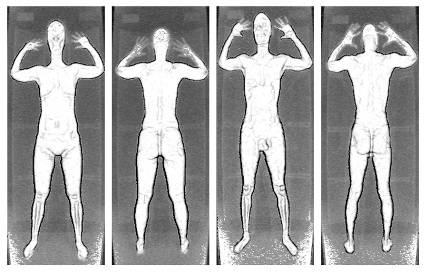TSA Will Retest Backscatter Scanners As Hearing Delves Deeper Into Machines
03/14/2011 -The Transportation Security Administration (TSA) announced Friday that it will retest the amount of potentially harmful radiation emitted by full-body scanners at U.S. airports by the end of March.
The decision to retest all 247 backscatter machines deployed at 38 airports comes after maintenance records showed the amount of radiation released by some machines were 10 times higher than expected,according to USA Today. The TSA, however, maintains that the machines are safe and that technicians made errors when calculating the radiation emissions. According to the agency, even if the doses were accurate, the dosage would still be less than a person absorbs naturally every day, reports USA Today.
In an effort to reduce such errors in the future, all TSA contractors will have to retrain technicians involved in testing the machine's radiation doses,according to the TSA Blog. The agency said it will also strengthen its oversight of the radiation survey and documentation process. In another effort to assure the public that the agency isn't holding anything back, the TSA has begun to post all its radiation testing reports online,here.
The TSA uses two types of full-body scanners, backscatter and millimeter-wave. Both have been criticized on privacy grounds, but backscatter technology has endured added scrutiny due to its use of ionizing radiation, which poses cancer concerns. The TSA and its parent organization, the Department of Homeland Security, haverepeatedly vouched for the safety of all full-body scanning technology.
Further, TSA has piloted software that only shows TSA screenersa gingerbread-man-like outline of passengers with potential threats superimposed, rather than an anatomically-correct image of a specific passenger. If successful, DHS and TSA hope it will eliminate all privacy concerns.
12next ›last »
